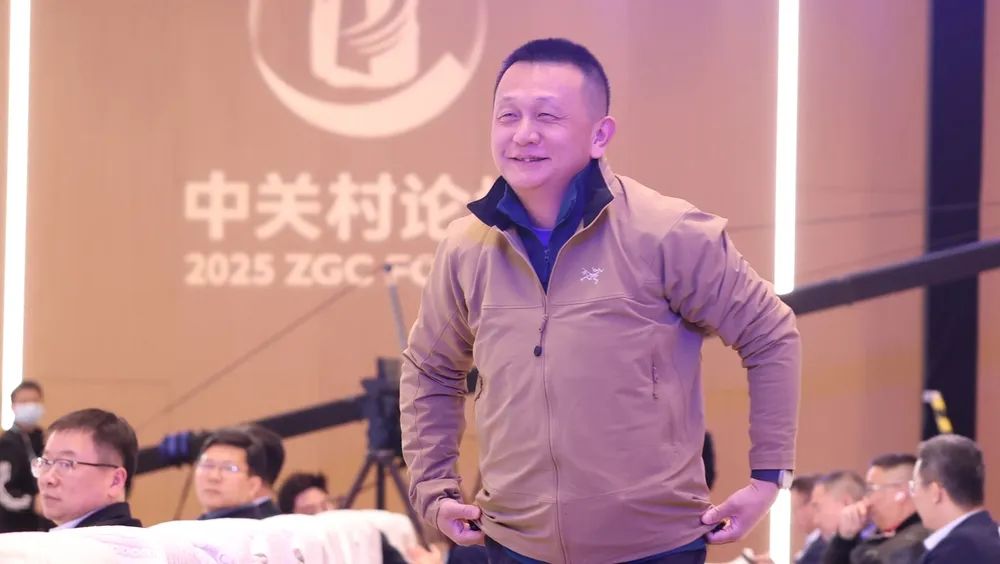html
Decoding China’s Venture Capital Wisdom: Exiting When Others Swarm In
In China’s tech investment landscape, one figure stands out for his ability to stay calm when markets are euphoric. While others chase trends, he operates like a precision clock, hitting the ‘exit’ button before valuations peak. Meet Zhu Xiaohu, the investor dubbed the ‘Exit Master.’ Over his 20-year career, he’s mastered the art of selling when others are buying—a strategy that’s delivered lucrative returns.

1. The Contrarian Investor: Cash Out Before the Crash
Case Study 1: Bike-Sharing Boom (2016)
When bike-sharing startups like Ofo and Mobike exploded, investors poured in cash. Zhu Xiaohu invested early in Ofo but made a surprising move: he sold his stake for $300 million when the industry was valued at $2 billion. Critics called him overly cautious—until Ofo collapsed under debt and user deposit scandals. Zhu’s verdict? “Shared economies often lack real demand.”
Case Study 2: Didi’s Ride-Hailing Revolution (2012-2017)
Zhu invested in Didi (China’s Uber) early. As Didi defeated Uber China in 2016 and valuations soared, he began selling shares. By 2021, when Didi faced regulatory crackdowns, Zhu had secured near-1000x returns. His rule? “When everyone agrees on a trend, it’s time to leave.”
How He Decides to Exit
Zhu ignores hype, focusing on cold, hard metrics:
- Can customers actually afford the product?
- How long does it take to close a deal?
- What’s the customer retention rate?
For him, profitability always trumps storytelling.
2. Investment Logic: Lean and Mean, Not Hype-Driven
Zhu’s firm,金沙江创投 (GSR Ventures), follows strict principles:
- Focus on proven markets: enterprise software, AI tools, and consumer brands.
- Avoid ‘long and risky’ bets: humanoid robots, unproven tech concepts.
- Never ignore unit economics: if a business relies on subsidies to survive, it’s a red flag.
Why This Works
Zhu views startups as businesses, not experiments. He prioritizes:
- Customer willingness to pay: if users won’t pay, the idea fails.
- Short sales cycles: faster revenue means faster expansion.
- Clear monetization paths: ads, subscriptions, or direct sales—the model must make sense.
3. The VC Dilemma: Trapped in Bubbles
China’s investment scene faces two key challenges:
Issue 1: Short-Term Pressure
- Due to pressure from Limited Partners (LPs like wealthy individuals or corporate fund providers), investors must deliver returns in 3-5 years.
- This pushes money into quick-profit projects, ignoring long-term sectors like semiconductors or biotech.
Issue 2: Tech Bubbles
- Sectors like humanoid robots attract billions but face hurdles:
- High R&D costs (over $500k per robot).
- Tech barriers (e.g., AI mobility).
- Ethical and safety concerns.
Critics call Zhu a ‘pragmatic opportunist,’ but his exits highlight a deeper issue: China’s capital ecosystem struggles to balance innovation with profitability.
4. Does China Need More Investors Like Zhu Xiaohu?
The debate splits the industry:
Pro-Zhu
- Rational exits prevent market overheating.
- Profitability ensures startups survive ‘cash-burn’ phases.
Anti-Zhu
- Overfocus on profit stifles ‘moonshot’ innovation (e.g., SpaceX, quantum computing).
- Long-term tech needs patient capital, not quick flips.
Silicon Valley Contrast
- U.S. funds often back projects for 10-20 years. In China? Most startups fail within 3.
- Why?
- LP expectations: China demands 20%+ annual returns vs. Silicon Valley’s 8-10%.
- Market volatility: policy shifts and competition shorten timelines.
5. Creating a Balanced Future for Venture Capital
The solution lies in hybrid models:
Strategy 1: Blend Short-Term Gains with Long-Term Vision
- Allocate ‘rational’ funds to quick-return sectors (e.g., e-commerce).
- Reserve ‘patient’ capital for hard tech (e.g., AI chips).
Strategy 2: Diversify Funding Sources
- Financial investors: seek 3-5 year exits.
- Corporate investors (e.g., Tencent, Alibaba): back strategic tech.
- Government funds: support basic research (e.g., renewable energy).
Strategy 3: Improve Innovation Pipelines
- Build lab-to-market platforms to accelerate R&D.
- Create better IPO/exit options for long-term projects.
Conclusion: Balancing Greed and Caution
Zhu Xiaohu’s success reminds us that markets reward discipline. But China’s tech ambitions also need dreamers willing to fund decade-long odysseys. The ideal ecosystem? One where pragmatists (like Zhu) coexist with visionaries, bridging today’s profits with tomorrow’s breakthroughs.
Global investors watching China’s VC evolution take note: whether in Silicon Valley or Shanghai, sustainable innovation thrives when reason and idealism walk hand in hand.
(Note: All currency conversions use real-time rates. Data from public filings and industry reports.)
